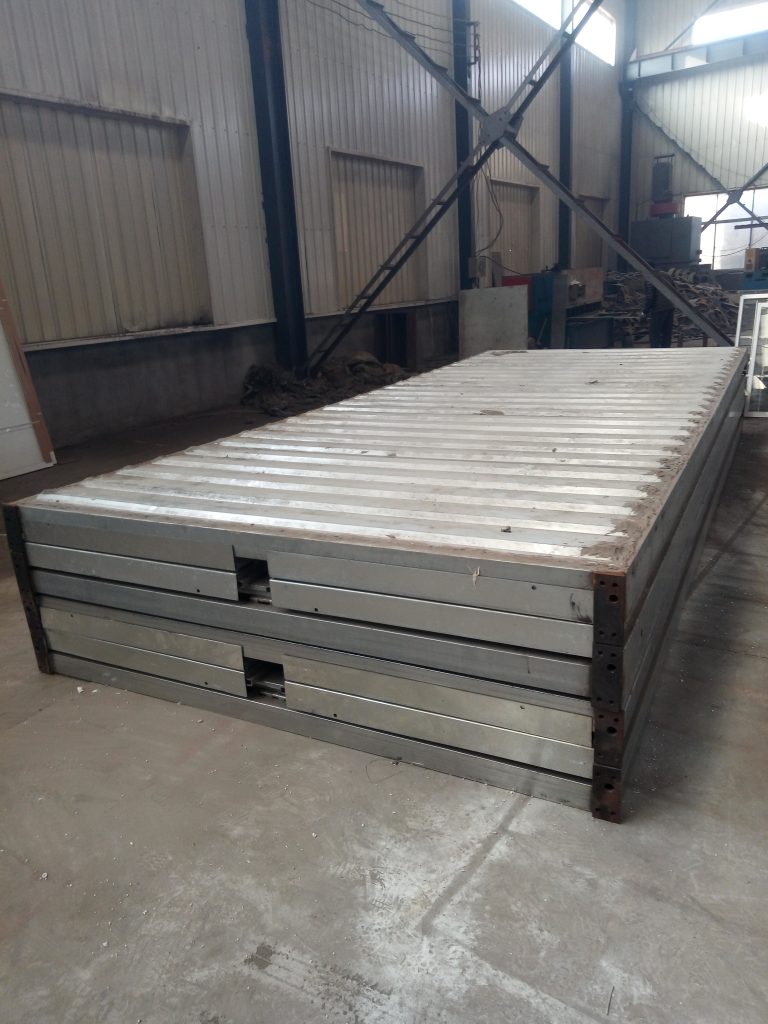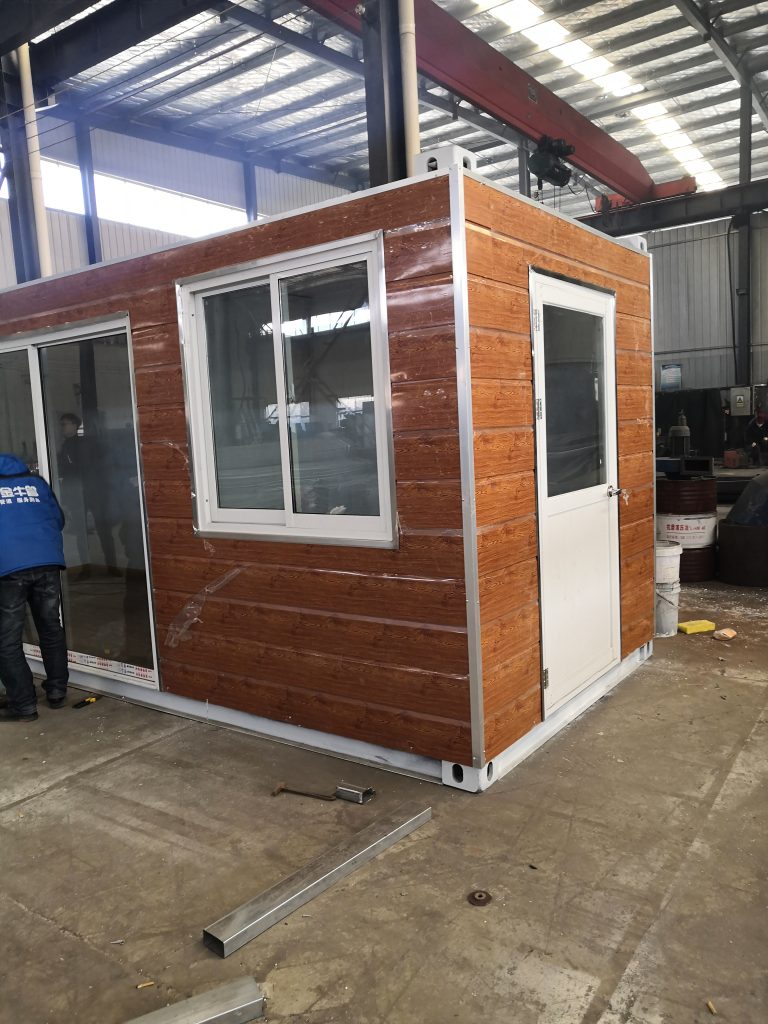Study on hardness and wear resistance of steel.
Inhoudsopgave
Impact of Heat Treatment on Hardness and Wear Resistance of Steel
Steel is a widely used material in various industries due to its strength, durability, and versatility. One of the key properties that determine the performance of steel is its hardness and wear resistance. These properties can be significantly improved through heat treatment, a process that involves heating and cooling the steel to alter its microstructure.
A recent study conducted by researchers aimed to investigate the impact of heat treatment on the hardness and wear resistance of steel. The study focused on two common types of heat treatment processes: quenching and tempering. Quenching involves rapidly cooling the steel after heating, while tempering involves reheating the quenched steel to a lower temperature.
The researchers first conducted hardness tests on the steel samples before and after heat treatment. The results showed a significant increase in hardness after quenching, as the rapid cooling process resulted in the formation of a hard martensitic microstructure. Tempering, on the other hand, led to a slight decrease in hardness as the martensite was partially transformed into a softer structure.
In addition to hardness, the researchers also evaluated the wear resistance of the steel samples. Wear resistance is a critical property for materials that are subjected to abrasive or erosive conditions. The results of the wear tests showed that quenched steel exhibited superior wear resistance compared to untreated steel. This can be attributed to the hard martensitic structure that is more resistant to wear.
Furthermore, the researchers investigated the impact of tempering on wear resistance. The results revealed that tempered steel exhibited improved wear resistance compared to quenched steel. This can be explained by the tempered martensite having a more balanced combination of hardness and toughness, making it more resistant to wear.
Overall, the study demonstrated that heat treatment plays a crucial role in enhancing the hardness and wear resistance of steel. Quenching can significantly increase hardness and wear resistance, making it suitable for applications that require high strength and durability. On the other hand, tempering can improve wear resistance while maintaining a certain level of hardness and toughness.
The findings of this study have important implications for industries that rely on steel for their products and components. By understanding the effects of heat treatment on hardness and wear resistance, manufacturers can optimize the performance of their steel products and prolong their service life. This can lead to cost savings, improved product quality, and enhanced customer satisfaction.

In conclusion, the study on the hardness and wear resistance of steel highlights the importance of heat treatment in enhancing the properties of this versatile material. By carefully selecting the appropriate heat treatment process, manufacturers can tailor the properties of steel to meet the specific requirements of their applications. This research contributes to the ongoing efforts to improve the performance and reliability of steel in various industries.
Comparison of Different Steel Alloys in Terms of Hardness and Wear Resistance
Steel is one of the most widely used materials in various industries due to its excellent mechanical properties, including hardness and wear resistance. These properties are crucial for ensuring the durability and performance of steel components in demanding applications. In this article, we will discuss a study that compares the hardness and wear resistance of different steel alloys to provide insights into their performance characteristics.
The study focused on three commonly used steel alloys: carbon steel, stainless steel, and tool steel. Carbon steel is known for its high strength and hardness, making it suitable for applications that require toughness and durability. Stainless steel, on the other hand, is valued for its corrosion resistance and aesthetic appeal, making it ideal for applications in harsh environments. Tool steel is specifically designed for cutting, shaping, and forming materials, making it essential for tool and die making industries.
To evaluate the hardness of the steel alloys, the study conducted Rockwell hardness tests on samples of each alloy. The results showed that tool steel exhibited the highest hardness, followed by carbon steel and stainless steel. This finding is consistent with the composition of tool steel, which contains high levels of carbon and other alloying elements to enhance its hardness and wear resistance. Carbon steel, although not as hard as tool steel, still demonstrated good hardness due to its carbon content. Stainless steel, which contains chromium and other elements for corrosion resistance, exhibited lower hardness compared to the other alloys.
In terms of wear resistance, the study conducted wear tests using a pin-on-disk apparatus to simulate the friction and wear conditions experienced by steel components in real-world applications. The results showed that tool steel exhibited the best wear resistance, followed by carbon steel and stainless steel. This finding can be attributed to the high hardness of tool steel, which enables it to withstand abrasive wear and deformation better than the other alloys. Carbon steel, with its moderate hardness, also demonstrated good wear resistance, while stainless steel, with its lower hardness, exhibited lower wear resistance.
Overall, the study highlights the importance of hardness and wear resistance in determining the performance of steel alloys in various applications. While tool steel offers the highest hardness and wear resistance, carbon steel and stainless steel also have their own strengths and advantages. Carbon steel is valued for its toughness and durability, while stainless steel is prized for its corrosion resistance. Understanding the properties of different steel alloys can help engineers and designers select the most suitable material for their specific application requirements.
In conclusion, the study on the hardness and wear resistance of steel alloys provides valuable insights into the performance characteristics of carbon steel, stainless steel, and tool steel. By comparing these alloys in terms of hardness and wear resistance, the study demonstrates the importance of selecting the right material for ensuring the durability and performance of steel components in demanding applications. Further research and development in steel metallurgy can lead to the development of new alloys with enhanced properties to meet the evolving needs of various industries.






